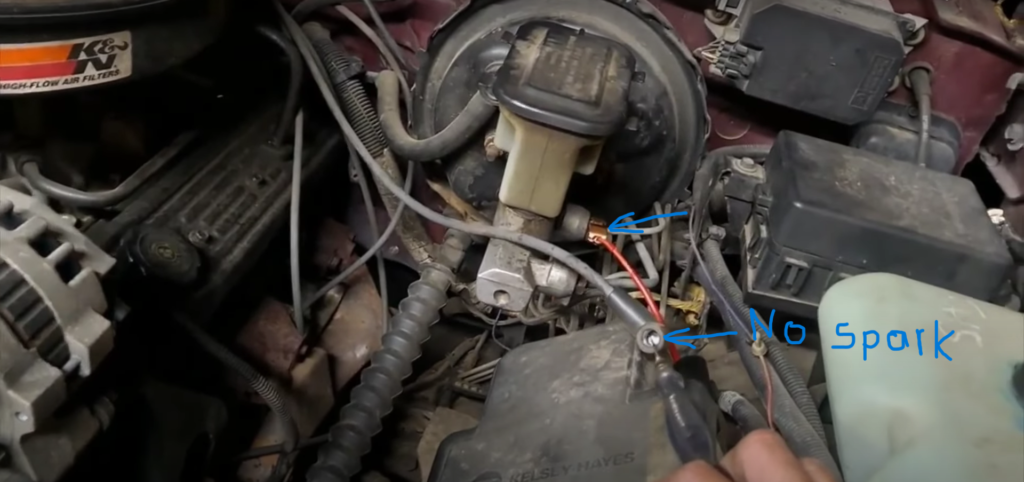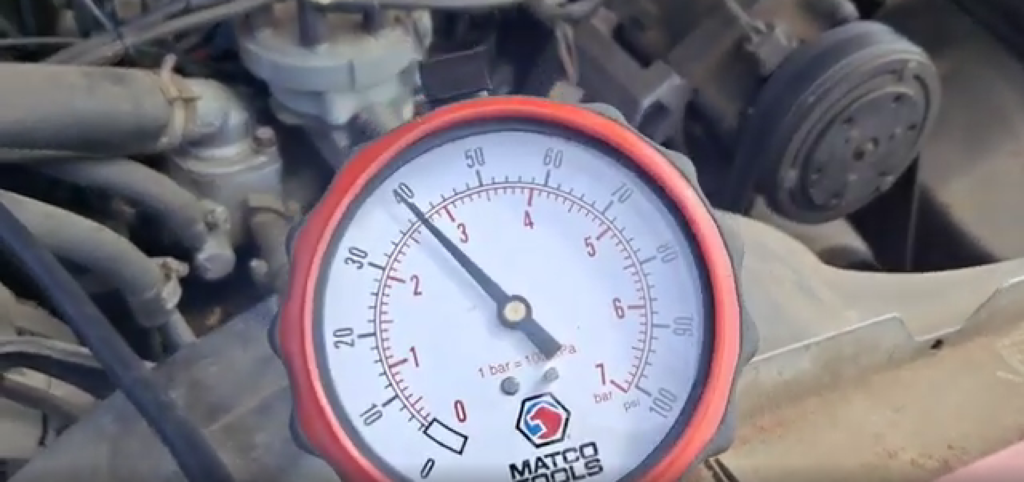if your car crank but does not start that can be frustrating especially if you go to work or on vacation. There are three main causes that can lead the engine to crank but not start; your ignition system,(no spark) fuel system,(no fuel pressure), and engine compression (no engine compression) hoping the last one is not your problem.
To diagnose the issue, you need to understand how an engine works. An engine needs a spark, fuel, and compression to run. If any of these components is missing or not working properly, then your engine will crank but not start.
The first step you should take is to check the ignition system or fuel system whatever is easier to access that depend on the model of your vehicle.
if your car has a distributor is easy to check the spark or COP (coil over plug).
how to check spark
Using a test light to check the spark is one of the easy methods for diagnosing engine issues. First, remove the high-tension wire from one of the spark plugs and make a gap between a test light and the wire. Make sure to connect your test light to the engine ground (never to the battery post) with a helper crank the engine and check if you get a spark

how to check fuel pressure
Remove the fuel pressure test port and connect the fuel pressure gauge in its place. Make sure to keep an eye on the gauge connection for fuel leaks. With the key on PCM will prime the pump for three seconds, then with a helper cranks your engine. If there is no or low fuel pressure, then you have identified another issue that needs repair.

if you don’t have a fuel pressure gauge you can buy a starter fluid and remove the air duct and put some in the throttle body and try to start the engine, be careful with the starter fluid you can get backfire and burn yourself always be safe when you work with flammable substances
If the spark and fuel pressure checks are good, then you should check your engine compression. Compression is used to determine how healthy your engine is and if it has any internal problems such as worn rings, valves, or a blown head gasket. Checking your engine’s compression requires some experience with a compression tester and usually involves removing several spark plugs.
how to check engine compression
Using an engine compression gauge is the easiest way to measure engine compression. Attach the compression tester to each spark plug hole one by one, crank your engine and take note of the readings. If you find that any cylinder has low or zero compression, then this is an indication of a problem. Additionally, if the readings between cylinders are not within 10-15 psi of each other, then this could indicate a failing head gasket or worn piston rings which will also need to be addressed.
With these three tests, you will be able to diagnose the issue and repair it.
Remember that an engine needs a spark, fuel, and compression to run properly, so if your engine cranks but won’t start, one of them is the culprit.
***
i have spark, fuel and compression but no start
check the condition of the gasoline. If it is contaminated, it won’t ignite properly in your engine.

Remove the spark plug and visual inspection if it looks worn or has too much carbon buildup. If it does, replace the spark plug and check for any damaged wires or connections.
good spark, good fuel engine turns faster
head gasket problem no compression.